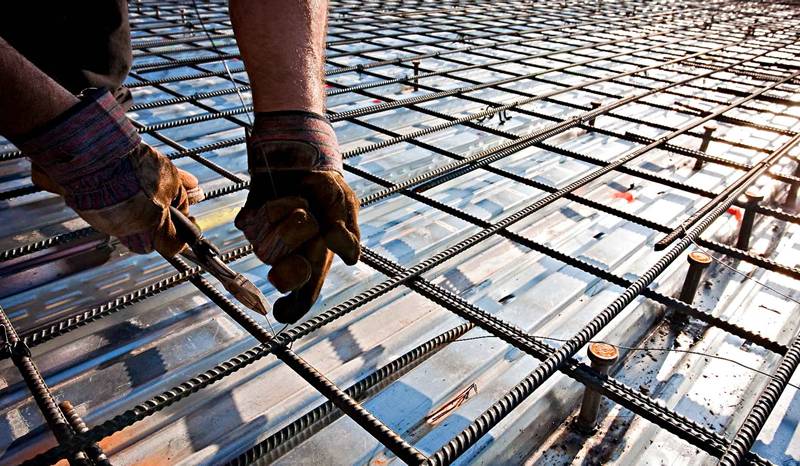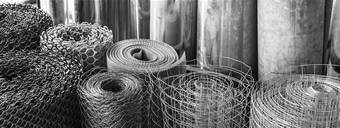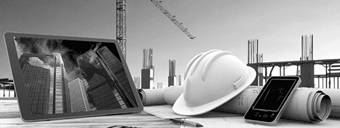Tightening up the steel rebar.
Before choosing the right steel rebar you need to understand its type and related mechanical properties.
Table 1: Type and Related Mechanical Properties
| Rebar Grade |
Nominal Diameter Range (mm) |
Yield Strength (N/mm2) |
Tensile Strength (N/mm2) |
percentage elongation after fracture (%) |
Maximize the total elongation (%) |
| HPB300 |
6–22 |
300 |
420 |
25.0 |
10 |
| HRB335 |
6–14 |
335 |
455 |
17.0 |
7.5 |
HRB400
HRBF400 |
6–50 |
400 |
540 |
16.0 |
7.5 |
HRB400E
HRBF400E |
6–50 |
400 |
540 |
– |
9.0 |
HRB500
HRBF500 |
6–50 |
500 |
630 |
15.0 |
7.5 |
HRB500E
HRBF500E |
6–50 |
500 |
630 |
– |
9.0 |
| RRB400 |
8–50 |
400 |
540 |
14.0 |
5.0 |
| RRB400W |
8–40 |
430 |
570 |
16.0 |
7.5 |
| RRB500 |
8–50 |
500 |
630 |
13.0 |
5.0 |
| CRB550 |
5–12 |
500 |
550 |
8.0 |
– |
| CPB550 |
5–12 |
500 |
550 |
5.0 |
– |
| CRB600H |
5–12 |
520 |
600 |
14.0 |
5.0 |
Remark:
- HPB is short for hot-rolled plain steel bar. It is Grade I rebar.
- HRB is short for hot-rolled ribbed bar. HRB300 is Grade II rebar, HRB400 is Grade III rebar.
- HRBF is short for hot-rolled ribbed bar of fine grains.
- RRB is short for remained-heat-treatment ribbed-steel bar.
- CRB is short for cold-rolled ribbed bar.
- CPB is short for cold-rolled plain steel bar.














